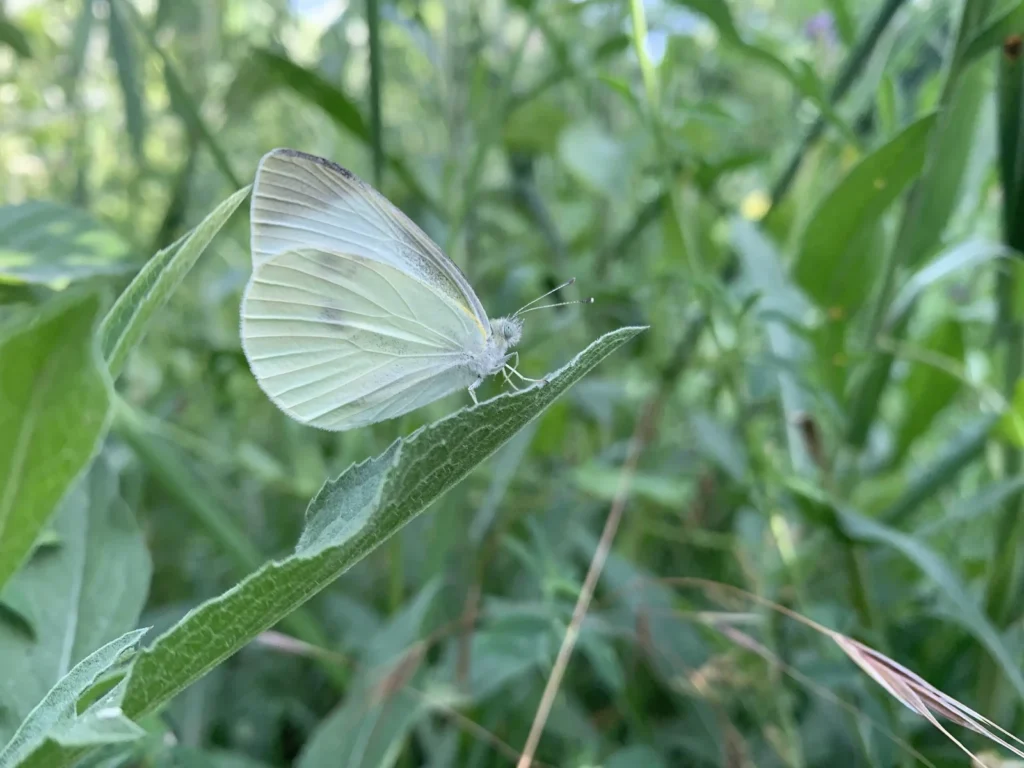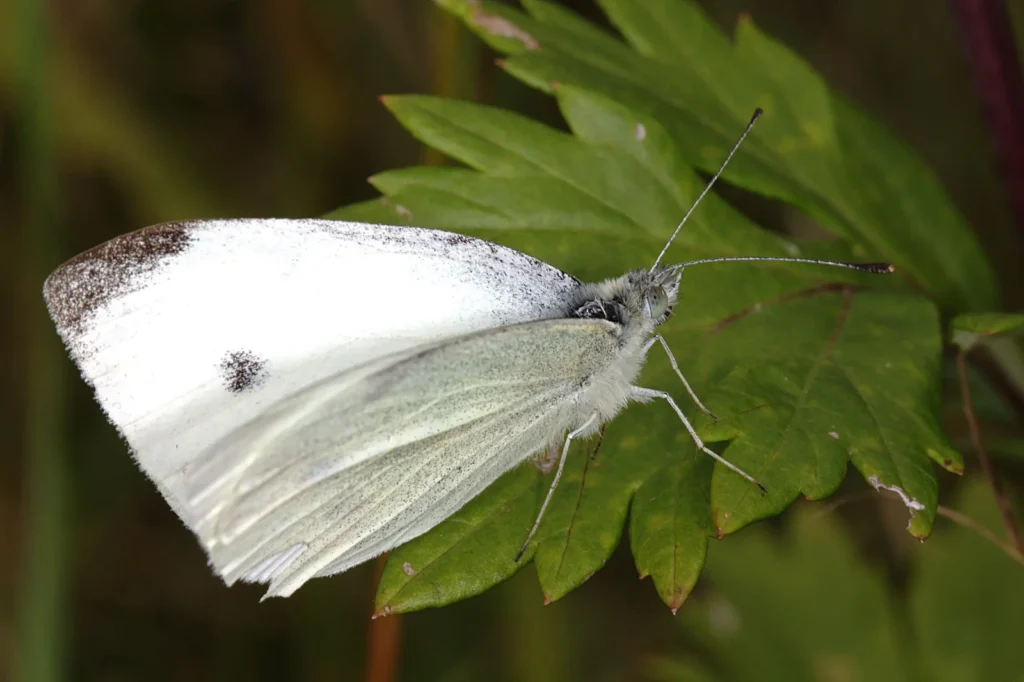Bilan onion (Pieris rapae)- one of the most common day butterflies in Europe, Asia and North America. You can often see it in gardens, fields and meadowswhere it flutters from flower to flower.
Although adult butterflies perform an important role in pollination of plants, their tracks count as serious pests rapeseed, cabbage, radish and other agricultural crops. Thanks to its endurance and ability to long-distance migrationsBilan repyanoi has adapted to a wide variety of habitats.
In this article, we will look at structure, habitat, life cycle, food habits, natural enemies, damage, control methods and interesting facts about this common, but not always welcome guest of our fields.

Scientific classification
🔬 Classification of Turnip Bilan:
✔ The Kingdom: Animals (Animalia)
✔ Type: Arthropods (Arthropoda)
✔ Class: Insects (Insecta)
✔ Row: Lepidoptera (Lepidoptera)
✔ Family: Bilanovye (Pieridae)
✔ Gender: Pieris
✔ View: Bilan onion (Pieris rapae)
📌 Interesting!
Title Pieris it comes from the Greek muses – Pieridwho were considered patrons of art and science.
Appearance and features of the structure
Bilan repyanoy – a small but noticeable butterfly, which is easily recognized thanks to its white wings with black spots.
, Main Features:
✔ Wingspan: 40-50 mm
✔ Color scheme: white with black markings
✔ Wing shape: rounded, without elongated " tails”
✔ Oko: large, complex projects
✔ Tentacle: club-shaped
✔ Body: covered with soft hairs
🔹 Key features of painting:
✅ Males: they have one black spot on the front fenders
✅ Females: they have two black spots on the front fenders
✅ Rear fenders pure white or slightly grayish
📌 Interesting!
The color of the turnip Bilan helps him effectively disguise yourself among colorsalthough it is often attacked by birds.

Habitat and distribution
🌍 Where does the onion Bilan live?
This view is available cosmopolitan, that is, it is found almost all over the world.
✅ Distribution regions:
• Europe - from Scandinavia to the Mediterranean
• Asia - from Siberia to Japan
• Africa - North Africa, Egypt
• North America - USA, Canada, Mexico
• Australia and New Zealand
🔹 Typical habitats:
✅ Agricultural land
Л Meadows and steppes
✅ Parks and gardens
✅ Roadsides
📌 Interesting!
Bilan repyanoy is an active migrant - in a year, it can cross continents, moving for thousands of kilometers in search of a warm climate.
Life cycle and reproduction
Bilan onion has multiple generations per yearespecially in warm regions.
Стадії стадии развития:
✅ Egg - 5-10 days
✅ Caterpillar - 2-3 weeks
✅ Pupa - 10-20 days
✅ Imago (adult butterfly) - lives 2-4 weeks
🔹 How does Bilan grow?
✔ The female lays her eggs on cabbage, rapeseed, mustard and other cruciferous plants
✔ Caterpillar actively feeds on leaves
✔ After 3 weeks, the pupa turns into an adult butterfly
📌 Interesting!
The caterpillar of the Bilan onion has low toxicitywhich helps it repel small predators.
Eating habits and harms
What does Bilan eat?
✅ Caterpillar:
* Cabbage, rapeseed, mustard leaves
* Lettuce, radish, horseradish
* Decorative flowers
✅ Imago (adult butterflies):
* Flower nectar (clover, thistle, dandelion)
🔹 What harm does the caterpillar of the Bilan turnip do?
✔ Eats away leaves and stems of plants
✔ Damages cabbage heads
✔ Reduces rapeseed and mustard yields
📌 Interesting!
During periods of mass reproduction, the Bilan can destroy up to 40% of cabbage crops.

Methods of dealing with Bilan Repyan
🔥 Traditional methods
✅ Disembarkation aromatic plants (marigolds, dill, wormwood)
✅ Spraying tinctures of tobacco, pepper, mustard
✅ Use soap solution
Хімічні химические средства
Insecticides-Fufanon, Aktellik
Biologics-Lepidocide, Bitoxybacillin
Біологічні биологические методы
✅ Use of natural predators – birds, mantises, hedgehogs
✅ Use parasitic wasps (Cotesia glomerata) that lay eggs in the caterpillar
📌 Interesting!
Deep autumn plowing helps destroy overwintering pupae, reducing the pest population.
Interesting facts about Bilan Repyan
✔ Butterflies can migrate for hundreds of kilometersmoving from north to south
✔ Males are more active, and females fly more slowly, laying eggs
✔ The caterpillar releases chemicalswhich makes it less attractive to predators
Conclusion
Bilan onion (Pieris rapae) – an important pollinator, but at the same time a dangerous agricultural pest.
📢 Maintaining a balance between the benefits of butterflies and plant protection is the main task of modern agriculture!